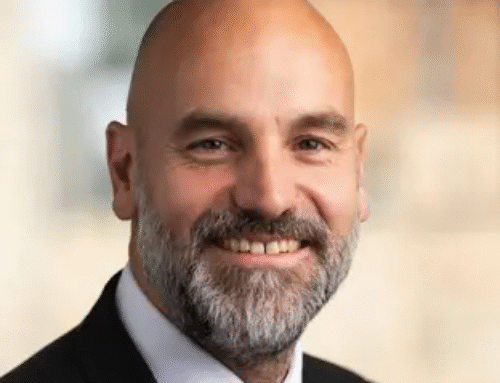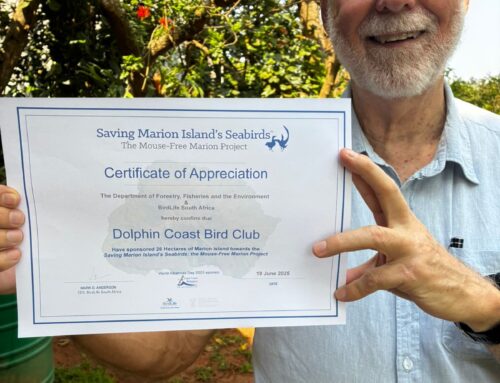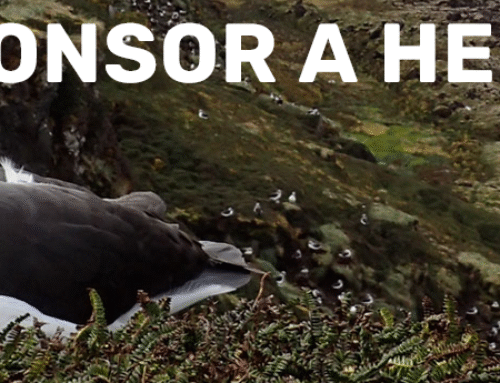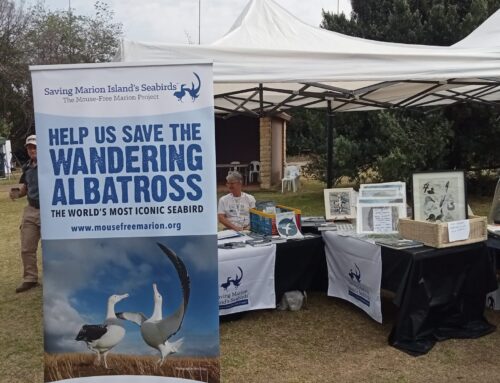The fourth Island Invasives Conference entitled “Charting the Future” will be held in the city campus of the University of Auckland, New Zealand from 09-13 February 2026. The series commenced with the title “Turning the Tide: the Eradication of Island Invasives” in Auckland, New Zealand in 2001. The second and third conferences were held in Auckland in 2010 (“Island Invasives: Eradication and Management”) and in Dundee, Scotland in 2017 (“Island Invasives: Scaling up to Meet the Challenge”), respectively. The goal of the fourth conference is stated as “knowledge transfer that enables accelerated uptake of eradication methods which will enhance biodiversity and the lives of people on islands around the world”. An interesting line up of Plenary Speakers has been arranged. Early bird registration is open until 07 November 2025.
Field trips on Wednesday 11 February give delegates the choice of visiting any one or two of six islands in the nearby Hauraki Gulf where the eradication of invasive mammals, including House Mice and rats, has met with success and the islands’ subsequent rewilding (Motuihe, Rangitoto and Motutapu, Rotoroa, and Tiriti Matangi) or are underway (Waiheke).

Conference venue: the award-winning Sir Owen G Glenn Building of the University of Auckland’s Business School in the commercial centre of Auckland
Saving Marion Island’s Seabirds: The Mouse-Free Marion (MFM) Project will attend the Fourth Conference in February when Anton Wolfaardt, MFM Project Manager, Keith Springer, MFM Operations Manager and Sue Tonin, MFM Assistant Project Manager will deliver a paper (to be presented by Anton) with the title “Saving Marion Island’s Seabirds: The Mouse-Free Marion Project. Advancing toward the eradication of House Mice from a globally significant sub-Antarctic island”.
Their presentation will be the basis for a paper that will be submitted for publication in the conference proceedings. The presentation’s abstract follows:
“Marion Island, a South African sub-Antarctic territory, is home to globally important seabird populations, including over a quarter of the world’s breeding Wandering Albatrosses. However, invasive House Mice, Mus musculus, introduced in the early 19th century, are causing escalating ecological harm—most notably through direct predation on seabird chicks and adults. Without management intervention, up to 19 of the island’s 29 breeding bird species could face local extinction within decades.
The Saving Marion Island’s Seabirds: Mouse-Free Marion Project (MFM), a partnership between BirdLife South Africa and the South African government, aims to eradicate mice from the island as a foundational step in its ecological restoration. This presentation provides an update on project progress, including research and planning conducted since the project’s formalisation in 2020. Recent insights gained from global eradication attempts are highlighted—including failed attempts at eradicating mice on Gough Island and Midway Atoll—and how these have informed an adaptive, risk-averse approach to planning.
Guided by a Research Plan, a key step is the implementation of larger-scale bait trials than have been undertaken to date. Commencing with hand-baiting trials in 2025 and expanding to an aerial baiting trial of nearly 1,000 hectares in 2027, trials aim to simulate conditions of the full-scale eradication. These trials are critical to refining the baiting strategy for the MFM Project, addressing remaining uncertainties, and maximising the likelihood of operational success. In addition to supporting Marion’s restoration, the trials will contribute valuable information to the global field of island invasive species management.”

The target of the MFM Project: an invasive House Mouse on Marion Island; photograph by Peter Ryan
Two presentations on aspects of the plan to eradicate Marion Island’s mice were made at the third Island Invasives Conference in 2017, resulting in publications in the 2019 conference proceedings, as listed below.
References:
Parkes, J.P. 2019. Timing aerial baiting for rodent eradications on cool temperate islands: mice on Marion Island. In: Veitch, C.R., Clout, M.N., Martin, A.R., Russell, J.C. & West, C.J. (Eds). Island Invasives: Scaling up to Meet the Challenge. Occasional Paper SSC No. 62. Gland, Switzerland: IUCN. pp. 40-46.
Preston, G.R., Dilley, B.J., Cooper, J., Beaumont, J., Chauke, L.F., Chown, S.L., Devanunthan, N., Dopolo, M., Fikizolo, L., Heine, J., Henderson, S., Jacobs, C.A., Johnson, F., Kelly, J., Makhado, A.B., Marais, C., Maroga, J., Mayekiso, M., McClelland, G.[T.W.], Mphepya, J., Muir, D., Ngcaba, N., Ngcobo, N., Parkes, J., Paulsen, P.F., Schoombie, S., Springer, K., Stringer, C., Valentine, H., Wanless, R.M. & Ryan, P.G. 2019. South Africa works towards eradicating introduced house mice from sub-Antarctic Marion Island: the largest island yet attempted for mice. In: Veitch, C.R., Clout, M.N., Martin, A.R., Russell, J.C. & West, C.J. (Eds). Island Invasives: Scaling up to Meet the Challenge. Occasional Paper SSC No. 62. Gland, Switzerland: IUCN. pp. 36-39.
John Cooper. News Correspondent, Mouse-Free Marion Project, 10 October 2025
********************************************************************************

Wandering Albatrosses display on Marion Island by Lucimara Wesolowicz of Artists and Biologists Unite for Nature (ABUN) for the MFM Project, after a photograph by Michelle Risi
The Mouse-Free Marion Project is a registered non-profit company (No. 2020/922433/08) in South Africa, established to eradicate the invasive albatross-killing mice on Marion Island in the Southern Ocean. The project was initiated by BirdLife South Africa and the South African Department of Forestry, Fisheries and the Environment. Upon successful completion, the project will restore the critical breeding habitat of over two million seabirds, many globally threatened, and improve the island’s resilience to a warming climate. For more information or to support the project please visit mousefreemarion.org







